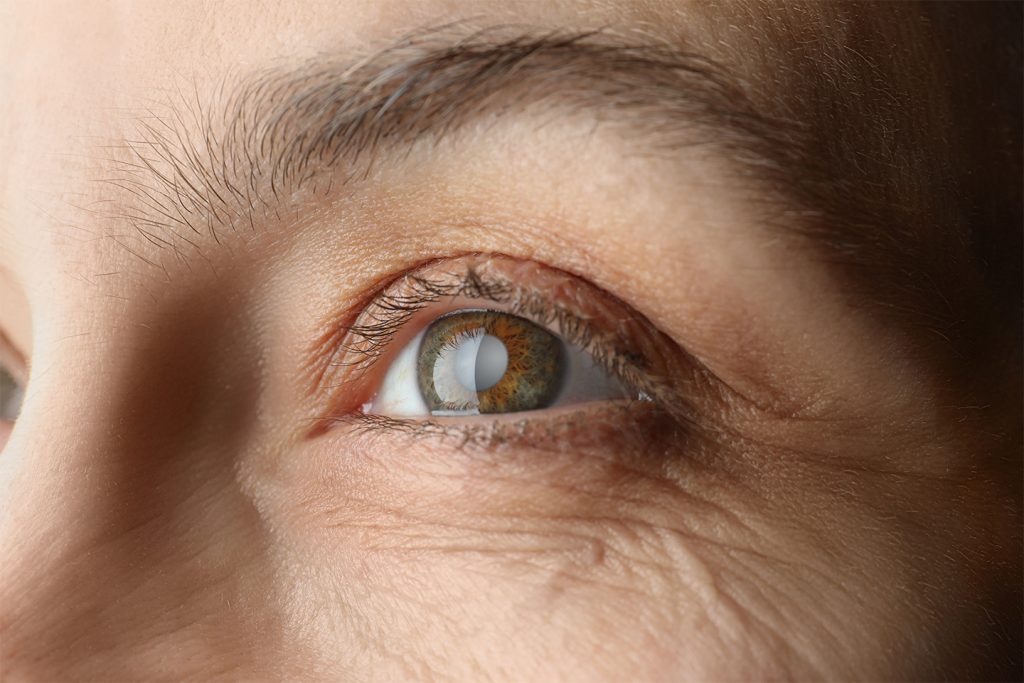Cataract surgery involves replacing the clouded natural lens with an artificial intraocular lens to restore visual clarity. Proper postoperative care is crucial for optimal recovery and requires specific precautions under professional guidance.

What should you pay attention to after cataract surgery?
Postoperative care requires specific attention to medication adherence, activity restrictions, and warning signs. Patients must use all prescribed eye drops as directed, avoid strenuous activities and heavy lifting, and prevent water exposure to the eye. Regular follow-up appointments are essential for monitoring healing progress, and any sudden vision changes or increased pain should be immediately reported to the ophthalmologist.
Immediate Postoperative Period (First 24-48 hours)
- Protective shield application during sleep
- Avoidance of eye rubbing or pressure
- Proper medication instillation technique
- Rest with head elevation
- Limited physical activity
Medication Protocol
- Prescribed antibiotic eye drops (prevent infection)
- Anti-inflammatory medication regimen (reduce swelling)
- Lubricating eye drops usage (maintain moisture)
- Strict dosage schedule adherence
- Proper drop administration technique
Activity Restrictions (First 2 weeks)
- No heavy lifting (>10 pounds)
- Avoid bending below waist level
- Postpone swimming and hot tubs
- Delay driving until cleared by doctor
- Limit screen time initially
Environmental Precautions
- Wear protective eyewear outdoors
- Avoid dusty or dirty environments
- Use clean bedding and towels
- Maintain good hand hygiene
- Prevent soap or shampoo entry
Expected Recovery Process
- Gradual vision improvement (1-2 weeks)
- Temporary blurred vision (common)
- Mild itching or discomfort (normal)
- Light sensitivity (typically improves)
- Color perception changes (usually temporary)
Warning Signs Requiring Immediate Attention
- Severe or persistent pain (unrelieved by medication)
- Vision loss after initial improvement
- Increased redness or swelling
- New floaters or flashing lights
- Purulent discharge or excessive tearing
Follow-up Schedule
- Postoperative day 1 examination
- Week 1 progress assessment
- Month 1 comprehensive evaluation
- Final prescription determination
- Long-term monitoring plan
Long-term Considerations
- Possible glasses prescription (reading/distance)
- Regular eye examinations (annual recommended)
- UV protection importance (quality sunglasses)
- Secondary cataract possibility (YAG laser treatable)
- Overall eye health maintenance
Conclusion
Cataract surgery recovery requires careful adherence to postoperative instructions for optimal visual outcomes. Patients should maintain all scheduled follow-up appointments and promptly report any concerning symptoms. Most patients achieve significant visual improvement through proper surgical technique and appropriate postoperative care. Individual recovery experiences may vary based on preoperative conditions and surgical factors. Professional guidance ensures safe healing and appropriate management throughout the recovery process.